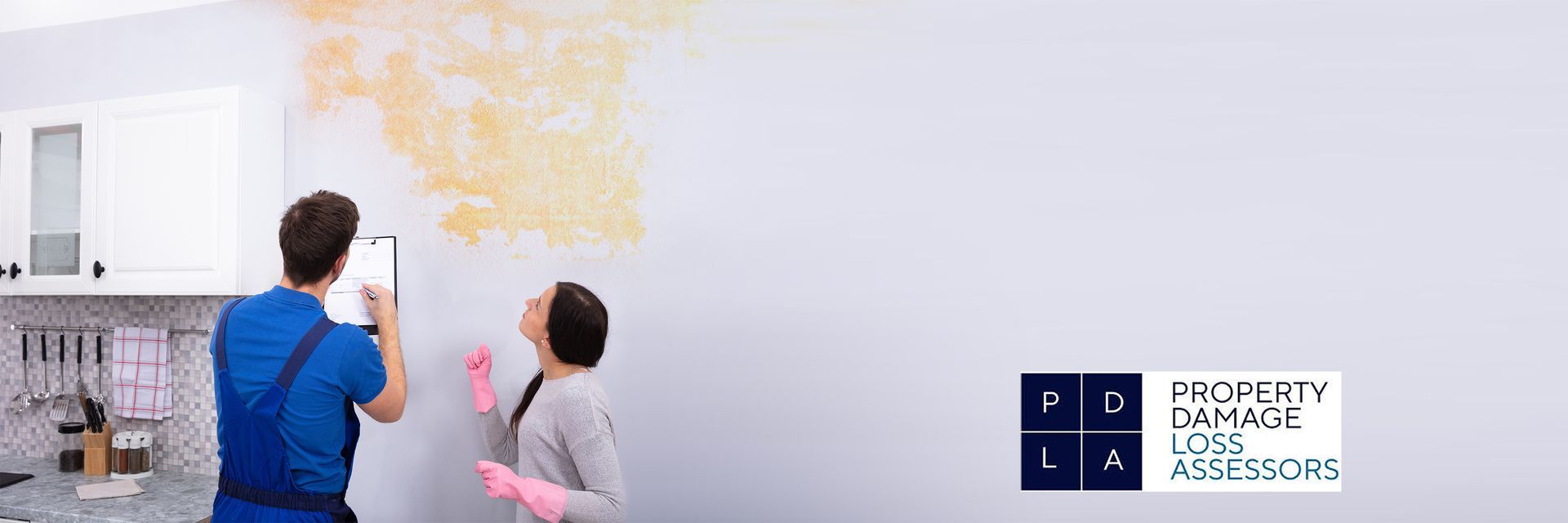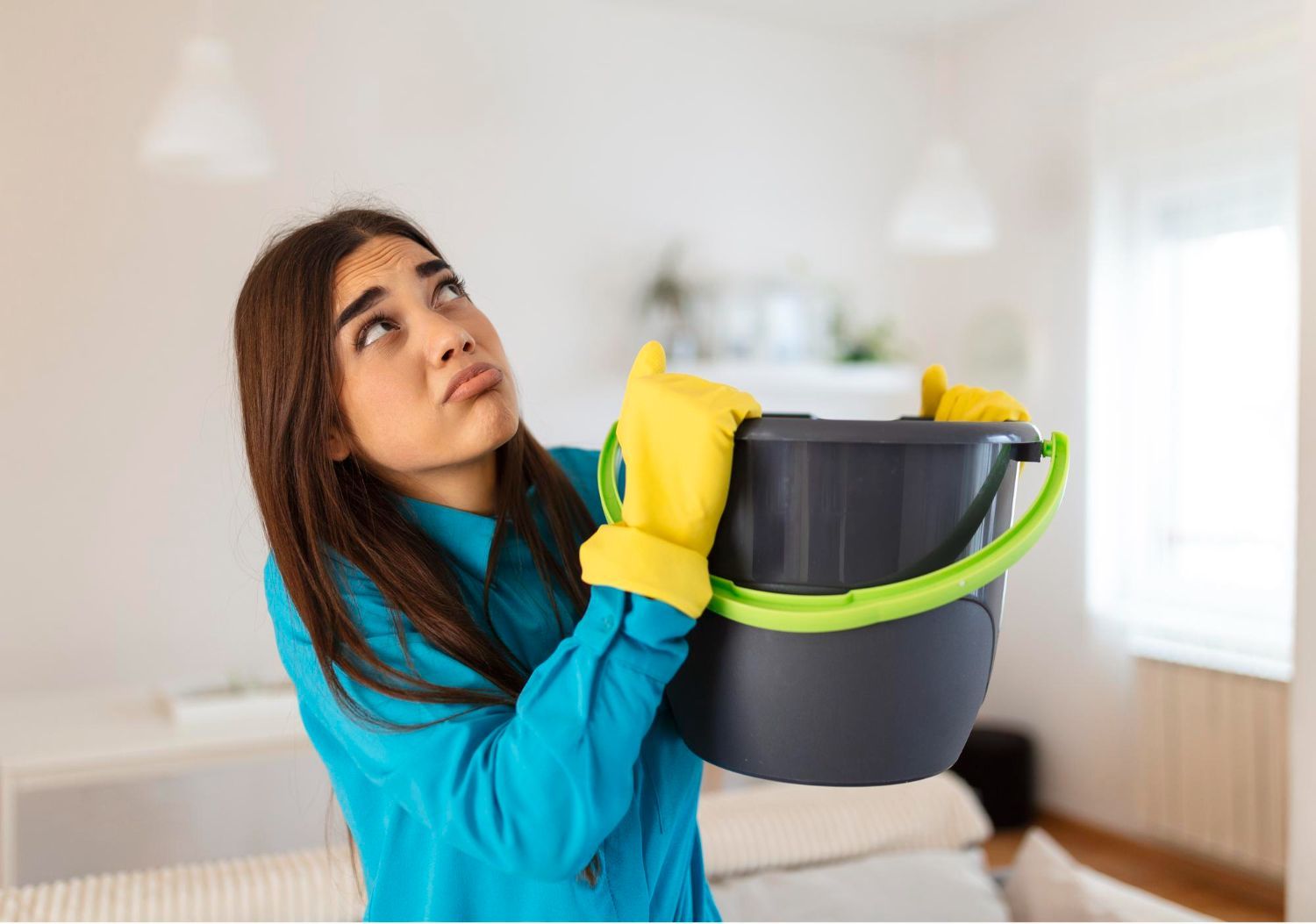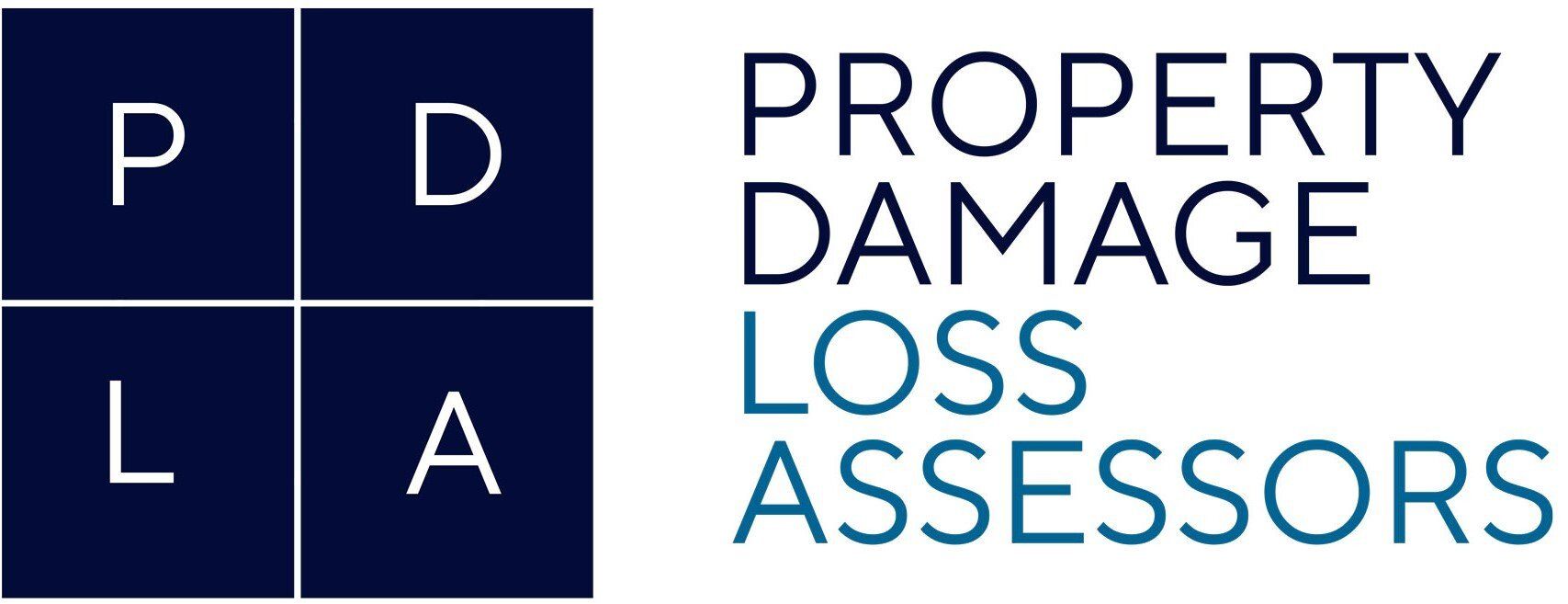Dealing with Water Damage in Your Home: Steps to Take and Mistakes to Avoid by an Insurance Loss Assessor Ireland

Water Damage - Dangers to your home
Water damage in your home can be a stressful and overwhelming experience. Whether it's from a burst pipe, roof leak or natural disaster, acting swiftly is crucial to minimize the extent of the damage and prevent further complications. Irish weather can be difficult to predict. Water damage can be something that is covered in your home insurance. In this blog, we will outline the steps you should take if you find yourself facing water damage in your home, along with common mistakes to avoid during the process of making an insurance claim.
1. Ensure Safety First:
Before taking any action, prioritize your safety and that of your family. If the water damage is extensive, it may be necessary to turn off the electricity and gas supply to avoid electrical shocks or potential gas leaks. Wear protective gear such as gloves, goggles, and boots to minimize the risk of injury or exposure to contaminants.
2. Stop the Source and Assess the Damage:
Identify the source of the water and try to stop it, if possible. For instance, turn off the main water supply or patch up a leaking roof temporarily. Once the source is contained, assess the extent of the damage to determine the appropriate course of action.
3. Document the Damage:
At Property Damage Loss Assessors, we recommend you take photographs or videos of the affected areas and damaged belongings. This documentation will be useful when filing an insurance claim or seeking professional assistance. We can also come and take the most appropriate photos for your claim.
4. Contact Your Insurance Company:
Inform your insurance company about the water damage as soon as possible. We can assist in dealing with your insurance company and help you to understand your policy coverage and what steps you need to take for the claims process. Be thorough when describing the damage and provide the necessary evidence to support your claim.
5. Remove Water and Dry the Area:
If the water accumulation is minimal, you can start removing it yourself using buckets, mops, or wet-dry vacuums. However, for extensive water damage, it is advisable to hire a professional water restoration service. They have the expertise and specialized equipment to efficiently extract water and thoroughly dry the affected area, preventing mold growth and further structural damage.
6. Salvage Valuable Items:
Prioritize the salvage of valuable and sentimental items, such as important documents, photographs, and heirlooms. Move them to a safe and dry location. Dispose of any items that are beyond repair to prevent mold or other health hazards.
7. Mitigate Mold Growth:
Even after water removal, moisture may persist, creating favourable conditions for mold growth. Promote ventilation by opening windows, using fans, and dehumidifiers. Consider employing mold prevention techniques, such as applying antimicrobial sprays or utilizing moisture-absorbing materials.
8. Assess Structural Damage:
Inspect the affected areas for signs of structural damage, including warped floors, weakened walls, or compromised ceilings. Depending on the severity, you may need to consult a professional contractor or engineer to assess and repair the structural integrity of your home.
Some Mistakes to Avoid
- Ignoring the problem: Water damage can worsen over time, leading to mold growth, structural issues, and even health hazards. Act promptly to mitigate the damage and prevent further complications.
- Neglecting safety precautions: Always prioritize safety when dealing with water damage. Switch off electrical and gas supplies if necessary and use appropriate protective gear to minimize risks.
- Attempting major repairs without professional help: While small-scale cleanup can be done by homeowners, extensive water damage requires professional expertise. Trying to tackle complex repairs yourself may exacerbate the problem or void your insurance coverage.
- Failing to document the damage: Comprehensive documentation of the water damage is vital for insurance claims. Capture photographs and videos as evidence of the extent of the damage.
Water damage can wreak havoc on your home, but by taking prompt and appropriate action, you can mitigate the effects and restore your living space. Remember to prioritize safety, contact your insurance company, and enlist professional help when needed. By following the steps outlined in this blog and avoiding common mistakes, you can navigate the challenging process of water damage restoration more effectively.
We ensure that you do not have to spend hours dealing with your water damage insurance claim. We make sure that you get to carry on your life as normal as possible under the circumstances, and we dedicate our time and expertise to get you fully back on track with limited interference.
If you need further help or information, contact James at PDLA, we are happy to have a no-obligation chat to discuss how we can help you.
Email James at
info@pdla.ie
Navigating Storm Damage Claims on Your Irish Property




